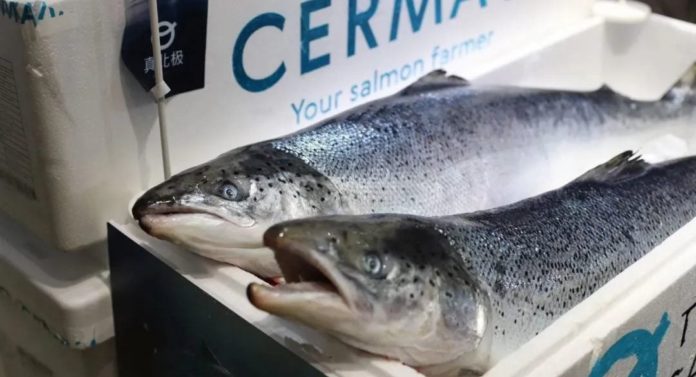Shrinking domestic market and global salmon demand behind surge in M&A.
Mitsubishi-owned Cermaq’s $1 billion acquisition of farming assets from Grieg Seafood, reported by SalmonBusiness last week, is part of a broader Japanese push to secure global food supply chains, according to analysis by the Financial Times.
The deal will expand Cermaq’s production capacity to 280,000 tonnes by 2027, making it the world’s second-largest salmon farmer. But behind the headline lies a deeper strategic rationale. Corporate Japan is ramping up overseas acquisitions in response to a shrinking domestic market and rising global demand for Japanese cuisine.
“There’s significant underlying demand,” one M&A lawyer told the FT, noting that Japanese food groups are “raring to go and buy businesses in America and Europe.” Some deals are reportedly on hold pending clarity on US trade policy, but the overall trend remains strong.
The first half of 2025 saw a record 2,500 Japanese M&A deals worth $140 billion, according to Recof Data — with more than half involving overseas targets.
Japanese companies are increasingly acquiring upstream production to support global growth in sushi, katsu curry and ramen consumption. Salmon, with its efficiency, lower carbon footprint, and premium positioning, fits squarely into this strategy.
For Grieg, the sale offers a chance to streamline its operations and reduce debt. For Mitsubishi, it marks a calculated step toward global food security and supply chain control.


